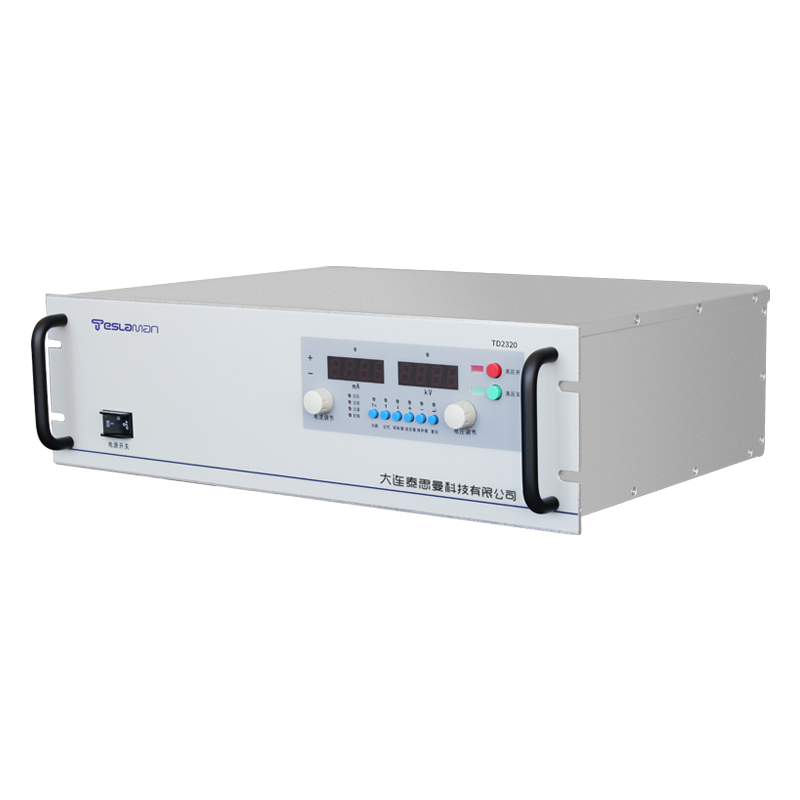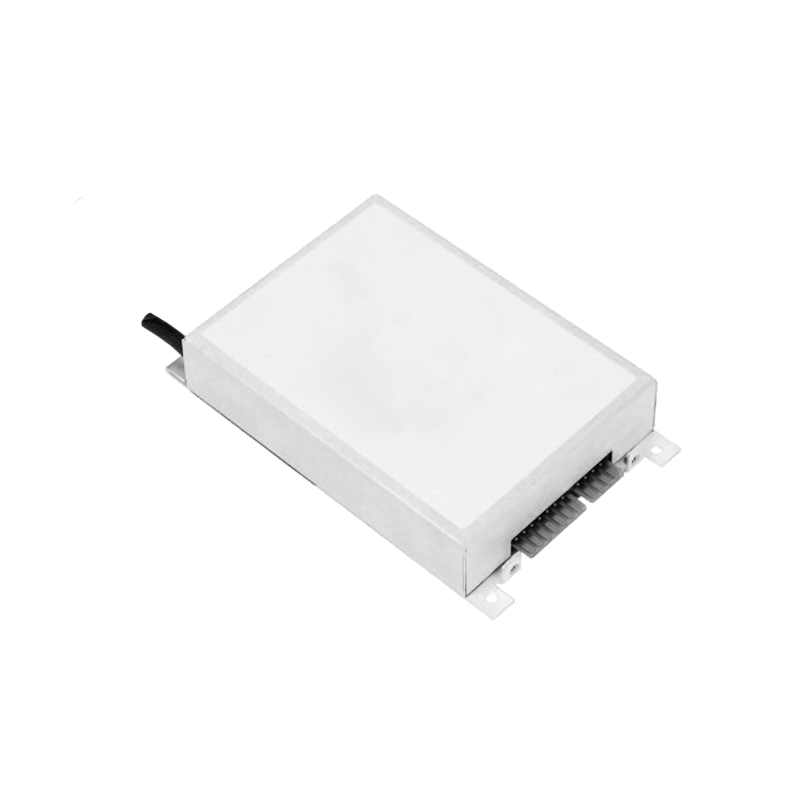New High-Voltage Power Supply Solution for Bone Density Detection: Technical Breakthrough and Application Prospect
1. Current Status and Challenges of Bone Density Detection Technology
Bone density detection, as the core means for osteoporosis diagnosis, relies directly on the stability of high-voltage power supplies. Traditional detection equipment mostly uses linear voltage-stabilized or switching high-voltage power supplies, but faces two major pain points in practical applications: first, the interference of high-frequency noise on detection signals, leading to data fluctuations; second, the thermal loss problem during long-term operation, affecting the power supply life and detection consistency. In addition, existing solutions have limitations in miniaturized design and portability, making it difficult to adapt to mobile medical scenarios.
2. Technical Architecture and Innovations of the New High-Voltage Power Supply Solution
1. Topological Structure Optimization: Hybrid Voltage Stabilization Architecture
The new solution adopts a hybrid architecture of front-stage LLC resonant topology + rear-stage series regulation. The LLC resonant circuit reduces switching losses to 1/5 of the traditional PWM architecture through Zero Voltage Switching (ZVS) technology, while using the resonant network to suppress switching spike noise; the rear-stage series regulation module controls the output voltage ripple within ±0.1% through dynamic feedback compensation, meeting the strict requirements of X-ray tubes for high-voltage stability in bone density detection (ripple needs to be <0.5%).
2. Intelligent Temperature Control and Energy Management System
An adaptive PID algorithm-based temperature control module is introduced. Buried NTC thermistors real-time monitor the temperature of transformers and power devices. When the temperature rise exceeds 50℃, the system automatically activates multi-stage fan cooling and dynamically adjusts the PWM duty cycle, reducing thermal loss by 30% while ensuring stable output. In addition, the power supply has a built-in energy recovery circuit, which feeds back the parasitic oscillation energy of switching devices to the input terminal through the LC network, increasing the efficiency to over 92%.
3. Miniaturized Design and Enhanced Electromagnetic Compatibility
Using multi-layer PCB stacking technology and planar transformer design, the power supply volume is reduced to 60% of the traditional solution (about 150mm×80mm×50mm), suitable for portable bone density detectors. In EMC design, through the cascade of common-mode inductors and π-type filter networks, the radiation disturbance value of the power supply in the 150kHz-30MHz frequency band is 20dB lower than the CISPR 32 Class B standard, avoiding interference with the detection signal chain.
3. Application Scenarios and Performance Verification
In clinical applications, the solution has been integrated into a new generation of Dual-Energy X-ray Absorptiometry (DXA) detectors. Test data shows that when the output high voltage is 70kV, the long-term stability reaches ±0.05%/h, which is 4 times higher than the traditional solution; in the ambient temperature range of -10℃ to 50℃, the output voltage drift is <0.2%, meeting the needs of outdoor mobile detection. A clinical comparison test in a tertiary hospital shows that the repeated error of lumbar bone density measurement by the equipment using the new power supply is ≤0.8%, significantly better than the industry standard (≤1.5%).
4. Industry Impact and Future Outlook
This solution breaks through the technical bottleneck of traditional high-voltage power supplies in the medical detection field. Its high stability and integration characteristics lay the foundation for the portable and household application of bone density detection equipment. In the future, with the popularization of wide-bandgap semiconductor devices (such as SiC MOSFET), the new solution can further increase the switching frequency to more than 1MHz. Combined with Digital Pre-Distortion (DPD) technology, it is expected to achieve sub-millivolt voltage control accuracy, promoting the development of bone density detection towards early screening and dynamic monitoring.




















